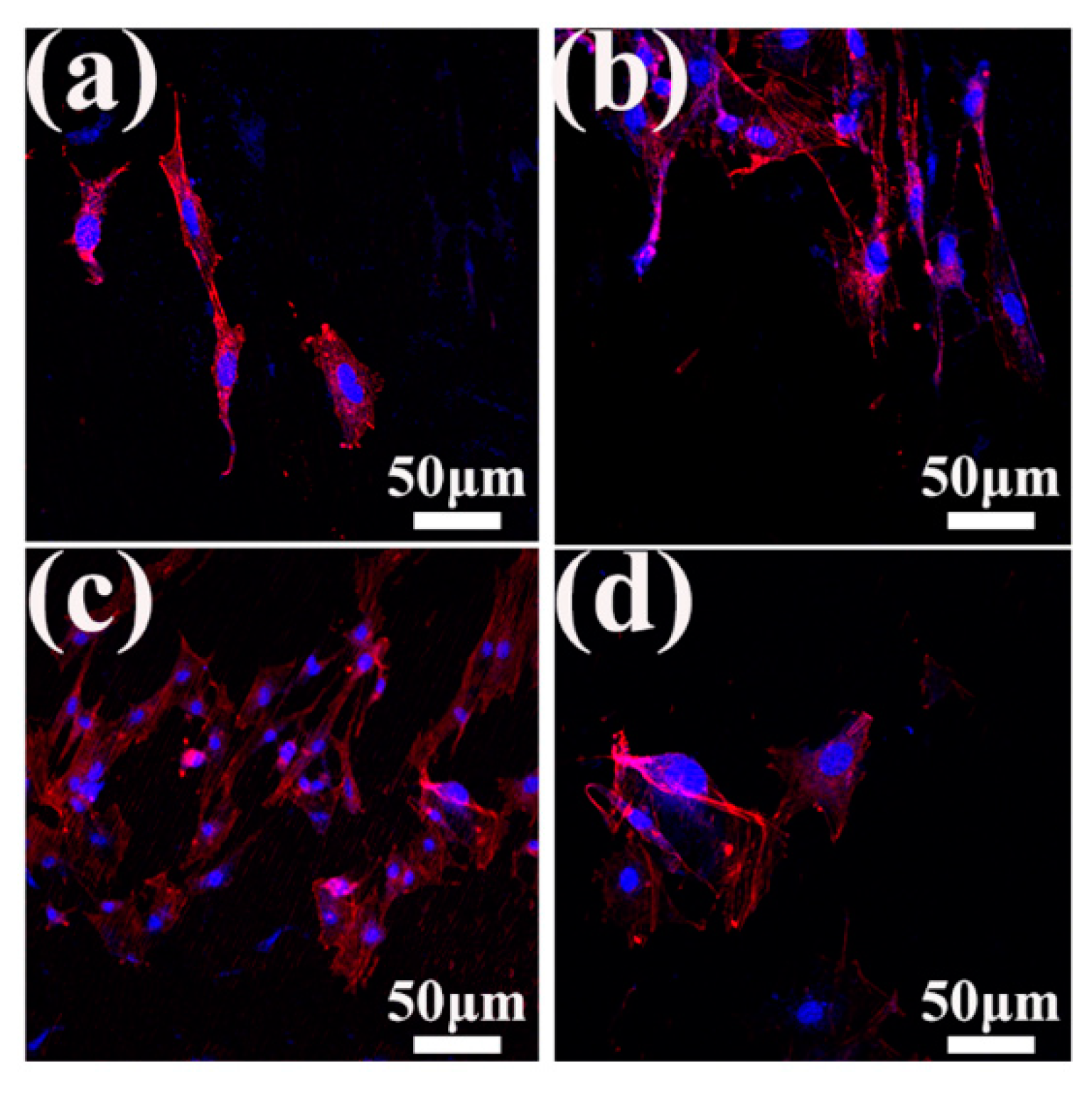Chinese researchers are expanding on new materials and technology for improving surface quality in metal 3D printing, outlining their findings in ‘Laser Polishing of Ti6Al4V Fabricated by Selective Laser Melting.’ SLM technology allows for fabrication of complex parts and is becoming increasingly more popular due to the latitude allowed for designers and researchers, as well as greater efficiency in production.
In this study, the researchers focus on the positive benefits for bioprinting, and the versatility offered for fabrication of implants related to bone fusion. Inferior surface finish is one of the greatest challenges, however, resulting in the following issues:
- Stair-step effect
- Low-dimensional precision
- Increased friction
- Low therapeutic effect
“Various conventional post-processing treatments, such as sandblasting, chemical polishing, electrolytic polishing, machining, ultrasonic polishing, and oxidation have been used on metallic AM (Additive Manufacturing) components to reduce their surface roughness. However, several drawbacks, such as being time-consuming, it is difficult to obtain machine precision components, chemical risks, and low efficiency, limit the clinical application and development of these treatments,” explain the authors.
Laser polishing can solve some of these problems, working with smaller, complex parts that require accuracy, and offers the capability of high-speed polishing at lower cost. Laser polishing also refines mechanical properties, offering improvement which is of ongoing interest to users around the world whether in experimenting with composites, color, 4D materials, or more.
“A comprehensive analysis of the roughness, porosity, fatigue behavior, and biocompatibility, along with the relationships between them, of components after LP should be conducted prior to applying LP technology to implantable medical devices,” explained the researchers regarding the motivation for their study, as they worked to improve on surface roughness and resulting finish.
“The findings of this study can play a guiding role in other processes that involve biomedical materials,” said the researchers.
All samples, created with Ti6Al4V alloy, were polished in a rectangular cavity with argon, used to decrease the possibility of oxidation on parts.
During analysis, samples displayed metallic ‘globules,’ which the researchers noted were ‘only loosely bonded during additive manufacturing processes. Small particles and microcracks persisted, however, displayed on the LP-1 sample, while the LP-2 sample was polished with no defects. For sample LP-3 there was concern over reconstructed islands and cracks.

Scanning electron microscope (SEM) images of the (a) as-received sample, the (b) LP-1 sample, the (c) LP-2 sample, and the (d) LP-3 sample.

Laser scanning confocal microscope (LSCM) images of the (a) as-received sample, the (b) LP-1 sample, the (c) LP-2 sample, and (d) the LP-3 sample.
While laser treatments caused changes that affected wettability, the authors note that some previous research has shown a positive connection related to surface topography. In evaluating pore distribution, samples were analyzed as the researchers sliced then from a variety of lengths from the surface. All samples displayed mechanical properties that were similar, in terms of tensile and yield strength and elongation. With the exception of the high-cycle fatigue test, fatigue behavior was almost the same in all samples.

The pore distribution of the as-received sample at different distances: (a) 0–10 μm; (b) 30–40 μm; (c) 60–70 μm, and (d) 70–100 μm. The pore distribution of the LP-2 sample at different distances: (e) 0–10 μm; (f) 30–40 μm; (g) 60–70 μm; and (h) 70–100 μm. (The purple part of the image, after threshold segmentation, is the pore.)

Mechanical properties: (a) microhardness distributions in the laser-polished layer, (b) tensile properties, (c) stress–life fatigue behavior for all geometries showing combined data points, and (d) stress life fatigue curves.
“The cell experiment showed that the LP-2 parameters improved cell adhesion and exhibited cell proliferation. The results indicate that LP improved the cell biocompatibility, while hydrophilicity positively affected early cell adhesion,” concluded the researchers.
What do you think of this news? Let us know your thoughts! Join the discussion of this and other 3D printing topics at 3DPrintBoard.com.

Adhesion and proliferation of MC3T3-E1 cells grown on different sample surfaces. (a) The as-received sample, (b) the LP-1 sample, (c) the LP-2 sample, and the (d) LP-3 sample. In images a–d: F-actin cytoskeleton of osteoblasts (red) and cell nuclei (blue) after 1 day of seeding.
Subscribe to Our Email Newsletter
Stay up-to-date on all the latest news from the 3D printing industry and receive information and offers from third party vendors.
You May Also Like
Gorilla Sports GE’s First 3D Printed Titanium Cast
How do you help a gorilla with a broken arm? Sounds like the start of a bad joke a zookeeper might tell, but it’s an actual dilemma recently faced by...
Nylon 3D Printed Parts Made More Functional with Coatings & Colors
Parts 3D printed from polyamide (PA, Nylon) 12 using powder bed fusion (PBF) are a mainstay in the additive manufacturing (AM) industry. While post-finishing processes have improved the porosity of...
$25M to Back Sintavia’s Largest Expansion of Metal 3D Printing Capacity Since 2019
Sintavia, the digital manufacturing company specializing in mission-critical parts for strategic sectors, announced a $25 million investment to increase its production capacity, the largest expansion to its operations since 2019....
Velo3D Initiates Public Offering in a Bid to Strengthen Financial Foundations and Drive Future Growth
Velo3D (NYSE: VLD) has been among a number of publicly traded 3D printing firms that have attempted to weather the current macroeconomic climate. After posting a challenging financial report for 2023,...

































